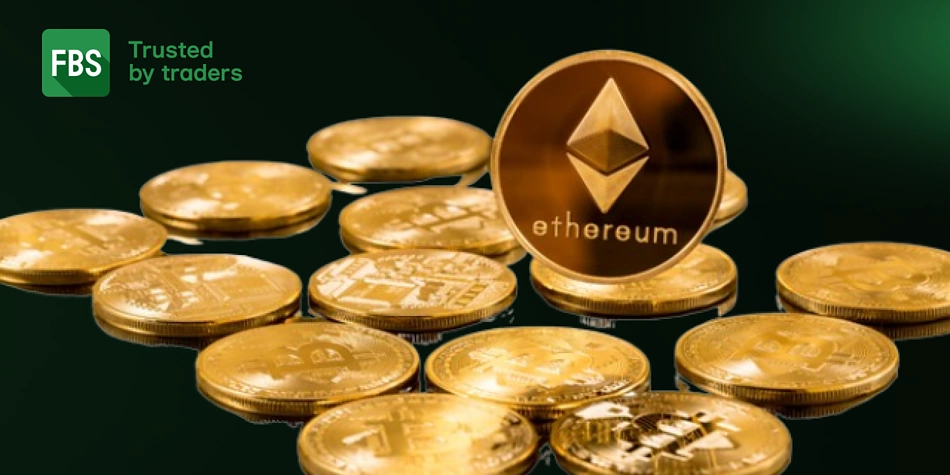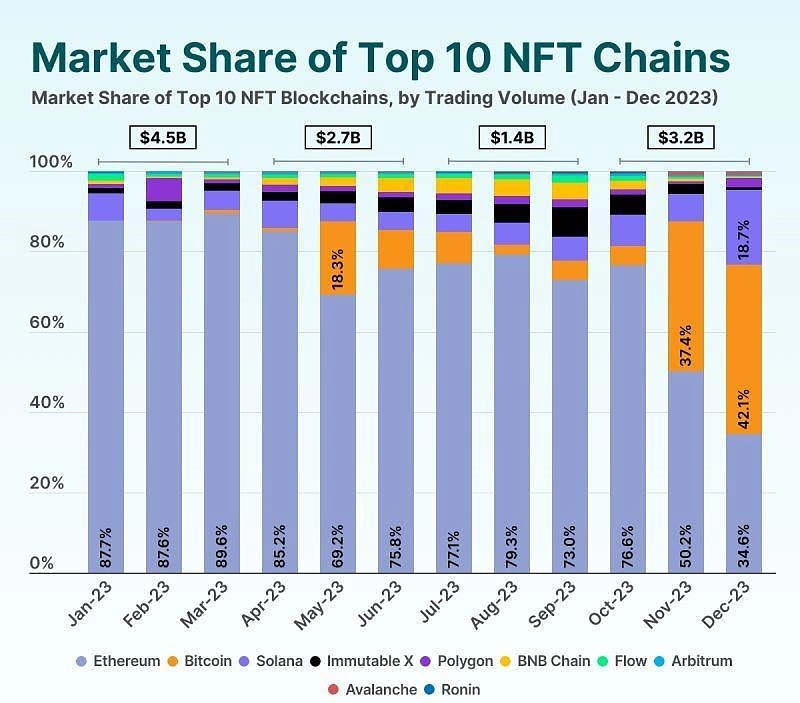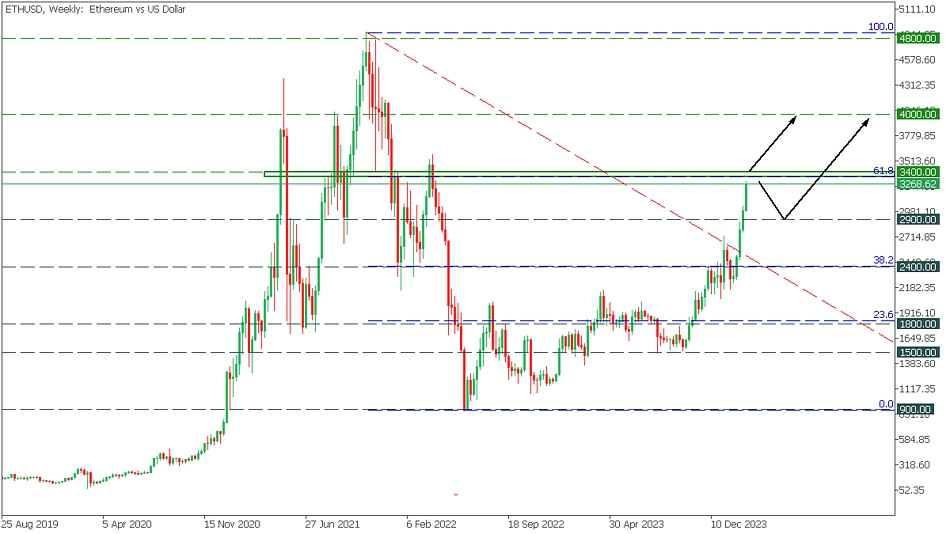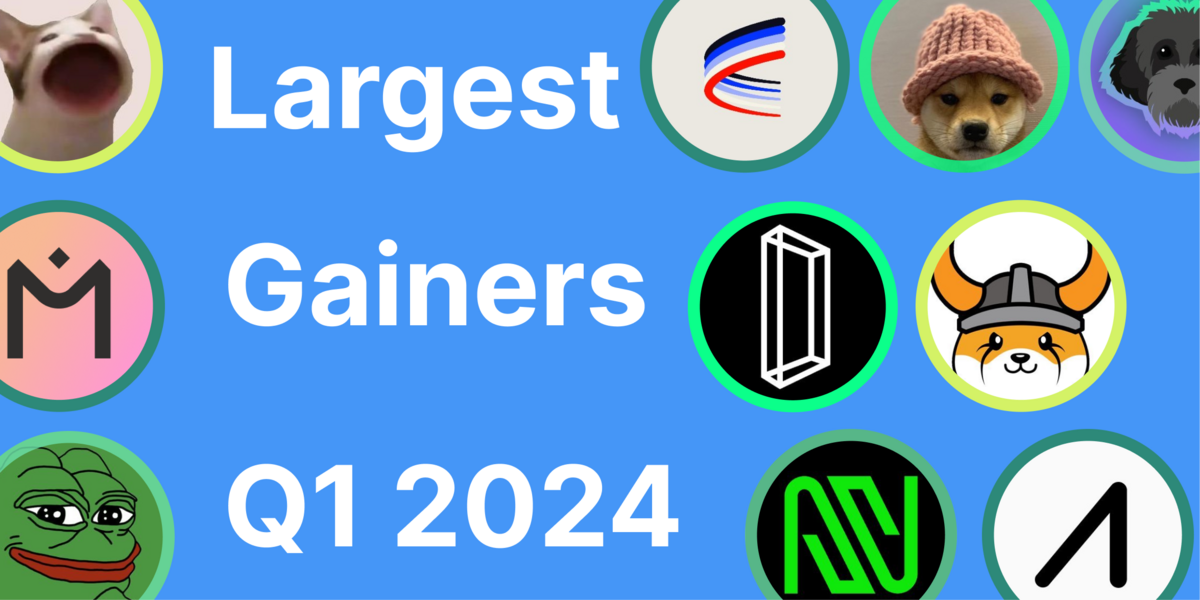
Ethereum is one of the key assets in the modern cryptocurrency world. Having evolved beyond its origins as a niche interest for developers and individual investors, it is now a pivotal element in institutional investment portfolios. Ethereum's transition is propelled by its innovative features – smart contracts, decentralized finance (DeFi) applications, and non-fungible tokens (NFTs), which expand its financial utility. What is particularly noteworthy nowadays is the anticipated introduction of Ethereum-based Exchange Traded Funds (ETFs) that should inject new liquidity and accessibility into the market, attracting institutional investors seeking regulated exposure to Ethereum's value.
In the forthcoming article, FBS Financial Market Analysts explore the strategic trading opportunities arising from the speculative buzz around Ethereum ETFs and its increased institutional adoption, as well as offer insights into navigating the evolving market landscape.
The Rise of Institutional Interest in Ethereum
The growing institutional interest in Ethereum, particularly following the Merge, is expected to solidify its position as a leader in the digital asset category. This interest is driven by Ethereum's economic transition, scalability roadmap, and the vibrant ecosystem built on it. Bernstein's research highlights Ethereum's leading market capitalization, and liquidity as key factors attracting institutional investors.
Analysts suggest several factors that should significantly solidify Ethereum's potential in 2024. First, the possibility of BlackRock’s spot ETF being approved in the US may enhance Ethereum's mainstream adoption and price. Additionally, global regulatory changes, particularly those impacting the DeFi and NFT sectors, are expected to be crucial in shaping Ethereum's price dynamics. Growing institutional investments, alongside the expansion of the DeFi ecosystem, can potentially drive demand and price for Ethereum, with macroeconomic factors also indirectly influencing its value.

Experts from JPMorgan predict Ethereum to outperform Bitcoin, backed by updates that improve transaction efficiency. Despite challenges from competing networks such as Solana and Cardano, Ethereum's technological foundation and institutional acceptance give it a potential market leadership position. The Shanghai upgrade and transition to Proof-of-Stake are highlighted as pivotal moments that have strengthened Ethereum's infrastructure and set the stage for 2024.
Shanghai Upgrade:
-
ETH Staking Withdrawals: Enabled the withdrawal of staked ETH, increasing liquidity;
-
Improved Scalability: Enhanced network throughput and performance.
Transition to Proof-of-Stake:
-
Energy Efficiency: Made Ethereum more eco-friendly by reducing its carbon footprint;
-
Increased Security: Enhanced overall network security, making 51% of attacks less feasible;
-
Greater Decentralization: Allowed for broader participation in network security through staking;
-
Higher Transaction Throughput: Promised to boost transaction capacity significantly.
The institutional interest in Ethereum is not just speculative. It is backed by tangible upgrades and a solidifying ecosystem that promises to enhance its utility and appeal to a broader range of users and investors. Ethereum laid the groundwork for smart contracts, and despite its slower rise in comparison to the newer chains, institutions still perceive it as a stable and highly valuable instrument for the industry. As Ethereum continues to evolve, its ability to attract institutional investment, while navigating regulatory and competitive challenges will be crucial in determining its future market position and value.
The Path to Ethereum ETFs
The path to Ethereum ETFs is marked by significant anticipation and regulatory scrutiny. As of early 2024, the landscape for Ether is becoming increasingly optimistic, with several developments suggesting a potential breakthrough in regulatory approval.
The US Securities and Exchange Commission (SEC) has set deadlines for approving several Ethereum ETF applications, with notable dates spanning from May to August 2024. The expectation of Ethereum ETFs' approval is grounded in the SEC's recent history of approving over ten spot Bitcoin ETFs, which has opened the door for other cryptocurrencies like Ethereum. The final deadline for the first wave of Ethereum ETF applications is anticipated to be May 23, 2024, with the industry eagerly awaiting the SEC's decision.
Moreover, Grayscale Investments, a major player in the digital asset space, has filed to convert its Ethereum Trust into a spot Ether ETF. This move, along with applications from other entities like Hashdex and a collaboration between Invesco and Galaxy Digital, demonstrates the growing interest and optimism surrounding the potential approval of ETFs. These applications encompass a variety of strategies, including spot Ether funds and ETFs that might integrate both spot holdings and futures contracts.
Some industry observers see the approval of Ether ETFs as a near certainty, given the SEC's implicit acceptance of Ether as a commodity through the approval of Ethereum futures ETFs. Analysts are optimistic about the transformative effect approved Ethereum ETFs could have on the market, potentially driving Ethereum's growth and institutional adoption in 2024.
FBS analysts summarize the reasons to be optimistic about Ethereum ETF approval:
-
SEC precedent: Bitcoin ETF approval sets a positive precedent.
-
Industry Support: Applications from major players such as Grayscale and others.
-
Diverse strategies: Offerings include both spot and futures ETFs.
-
Commodity status: The SEC has implicitly recognized Ether as a commodity.
-
Market Impact: Potential for significant market growth and institutional adoption.
What about the difficulty? Despite the optimism, challenges such as liquidity concerns and the SEC's historical hesitance towards cryptocurrency products may obstruct the approval process. However, the industry is hopeful that the precedent set by Bitcoin ETF approvals and the changing regulatory landscape will pave the way for Ethereum ETFs.
The SEC's process for evaluating Ethereum ETF proposals involves meticulous scrutiny, which can extend up to 240 days through several delay periods. This extended timeline reflects the regulatory body's cautious approach towards integrating cryptocurrency products into mainstream financial markets.
Additionally, industry viewpoints vary significantly, with some analysts expressing optimism about eventual approval, while others, including prominent figures in the investment community, see a less than 50% chance of success, citing a potentially hostile regulatory environment for cryptocurrencies. This mix of cautious optimism and skepticism highlights the uncertain path Ethereum ETFs face in gaining regulatory approval.
FBS Perspective on Сhallenges and Opportunities for Ethereum
In the given context, FBS financial market analysts point that the blockchain's shift towards Proof-of-Stake with the Shanghai upgrade marks a pivotal step towards sustainability, significantly slashing its energy consumption and setting a new standard for environmental responsibility within the crypto space. This transition addresses long-standing concerns over energy usage and underscores Ethereum's commitment to a greener blockchain ecosystem.
However, the FBS team believes this evolution brings challenges, particularly around the technical and security enhancements required to bolster Ethereum's scalability and user experience. The move to PoS has sparked debates over the potential for centralization, given the concentration of staking power among a few large entities. This raises questions about the influence these entities could wield over the network's decision-making processes, potentially straying from the decentralized ethos that Ethereum champions.
Adding to Ethereum's list of challenges is the stiff competition from other blockchains, notably Solana. Positioned as a high-performance execution engine emphasizing speed and efficiency, Solana represents a formidable rival, challenging Ethereum's dominance in the blockchain ecosystem. This rivalry highlights the competitive landscape of blockchain technology, where innovations and enhancements can significantly shift market positions.
Despite these hurdles, Ethereum stands on the brink of significant opportunities that could propel it to new heights. The anticipated approval of Ethereum ETFs in May 2024 is a milestone event poised to drive institutional adoption and enhance liquidity. Such regulatory advancements could strengthen Ethereum's market position and widen its investor base, bringing a new era of growth and expansion.
Technological advancements remain at the heart of Ethereum's potential, with ongoing upgrades like roll-up technology and the implementation of EIP-4844 poised to increase the network's transaction capacity dramatically. These innovations are critical for maintaining Ethereum's competitiveness, addressing scalability concerns, and improving the network's overall efficiency.
From the FBS’s analysts perspective, Ethereum's journey towards sustainability and its efforts to align with its foundational ideals, including decentralization and fostered ecosystem for decentralized applications (DApps), continue to shape its path forward. The FBS team particularly highlights scalability, security, and privacy enhancements as the main factors enriching the user experience and attracting new projects and developers to the platform.
ETHUSD, Weekly Timeframe

Looking at the technical analysis of the ETHUSD pair, FBS analysts point out multiple similarities between Ether's current trajectory and its main competitor Bitcoin. Might Ether overcome the resistance area of $3,400, it could possibly grow to the level of $4,000, and if this level is crossed, further growth to the level of $4,800 by the end of the year. On the flipside however, a correction is also possible with key support levels at $3,400 and $2,900.
In the FBS analysts’ view, Ethereum's progression into 2024 is marked by a delicate balance between overcoming its challenges and seizing the opportunities. Its ability to navigate this landscape will be crucial in determining its role in the future of blockchain and decentralized finance.
Trading Strategies for Ethereum's Evolving Landscape
With the rapidly evolving landscape of Ethereum and the crypto market, the potential approval of Ether ETFs in May 2024 is creating a buzz among traders and investors. The SEC's recent move to approve over ten spot Bitcoin ETFs has set a precedent that could extend to Ethereum, offering a new canvas for trading strategies.
Franklin Templeton and VanEck are among the firms that have submitted applications for spot Ethereum ETFs. The approval of these ETFs could mirror the Bitcoin ETF approval's effect on the market, potentially leading to a surge in Ethereum's price leading up to the decision date. However, the outcome of Bitcoin ETFs, which saw a sharp price increase followed by a sell-off, suggests a cautious approach for Ethereum traders.
For traders looking to navigate Ethereum's evolving landscape, FBS financial markets analysts point out several strategies that could be employed:
-
Volatility Management: Given the potential for increased volatility around the ETF approval date, strategies such as dynamic hedging and dollar-cost averaging could be beneficial.
-
Using Market Sentiment: Understanding and exploiting market sentiment is very important, especially in a market influenced by speculation about institutional adoption and approval of ETFs.
-
Analysis tools: Using artificial intelligence and machine learning tools to analyze social media, news outlets, and other sources for sentiment indicators. Using AI for market analysis or resorting to algo-trading would also be a good idea.
-
Contrarian Investing: Considering positions against the market consensus when sentiment analysis suggests extremes of optimism or pessimism, which may indicate market turning points. Buy the rumor, sell the fact
-
Timing Regulatory Decisions: Staying informed on regulatory developments will be crucial. The timing of trades around the expected decision date for ETF approvals could capitalize on market movements. Strategically timing trades around ETF regulatory decisions allows investors to capitalize on market volatility triggered by anticipation and reaction to such news.
Flexibility and a keen eye on market sentiment and regulatory developments are key to capitalizing on Ethereum's evolving landscape. A well-considered approach incorporating volatility management, strategic timing, and risk diversification will be essential for traders looking to navigate these waters effectively.
Key Conclusions from FBS
As 2024 unfolds, Ethereum is poised on the brink of transformative growth, driven by advancements and speculative momentum. The anticipation surrounding Ethereum ETFs, coupled with the network's significant technological strides, such as the Shanghai upgrade and transition to Proof-of-Stake, has set the stage for potential market leadership despite the looming shadow of competitors like Solana and Cardano. Simultaneously, Ethereum must address concerns over centralization and manage the delicate balance between innovation and user experience. As Ethereum strides towards a future marked by institutional adoption, environmental sustainability, and a thriving ecosystem of decentralized applications, its ability to adapt and innovate will be crucial in defining its trajectory in a rapidly evolving digital world.
About FBS
FBS is a licensed global broker with over 15 years of experience and more than 90 international awards. FBS is steadily developing as one of the market’s most trusted brokers, with its traders numbering more than 27,000,000 and its partners exceeding 680,000 around the globe. The annual trading volume of FBS clients is over $8.9 trillion. FBS is also the Official Partner of Leicester City Football Club.

CoinGecko's editorial team comprises writers, editors, research analysts and cryptocurrency industry experts. We produce and update our articles regularly to provide the most complete, accurate and helpful information on all things cryptocurrencies. Follow the author on Twitter @coingecko









 Or check it out in the app stores
Or check it out in the app stores